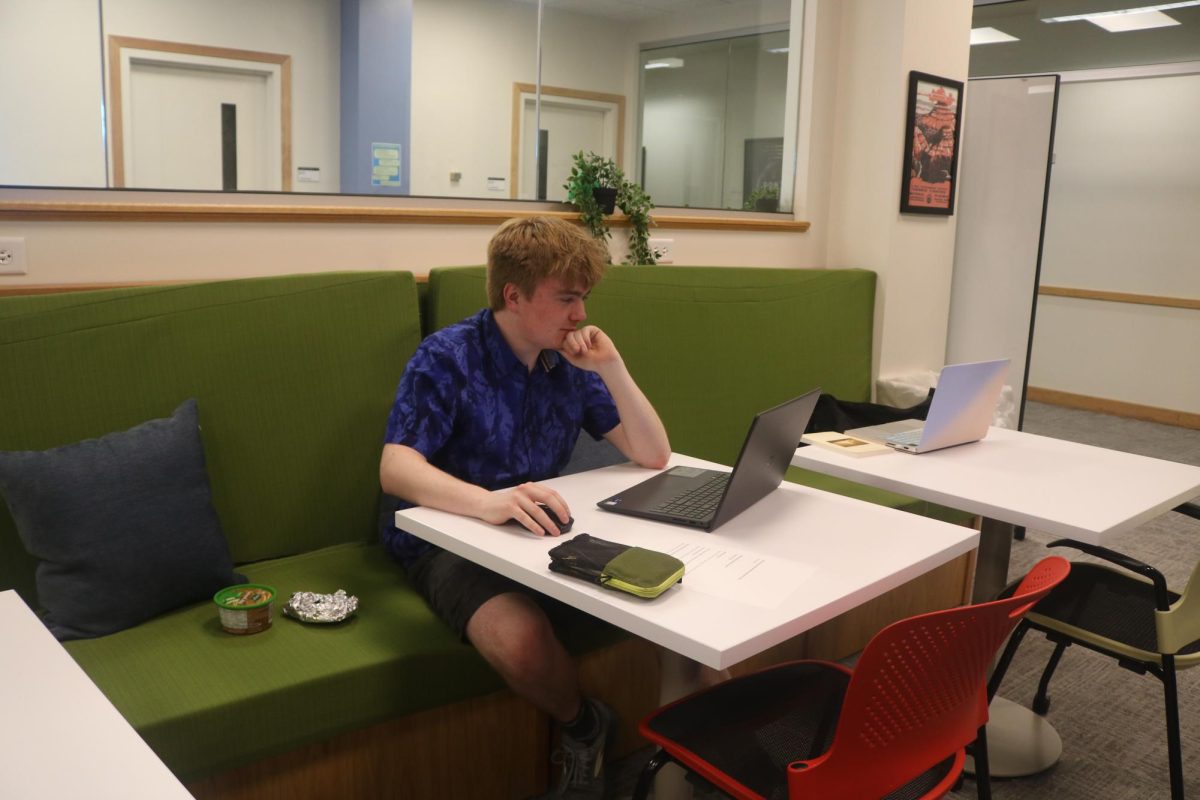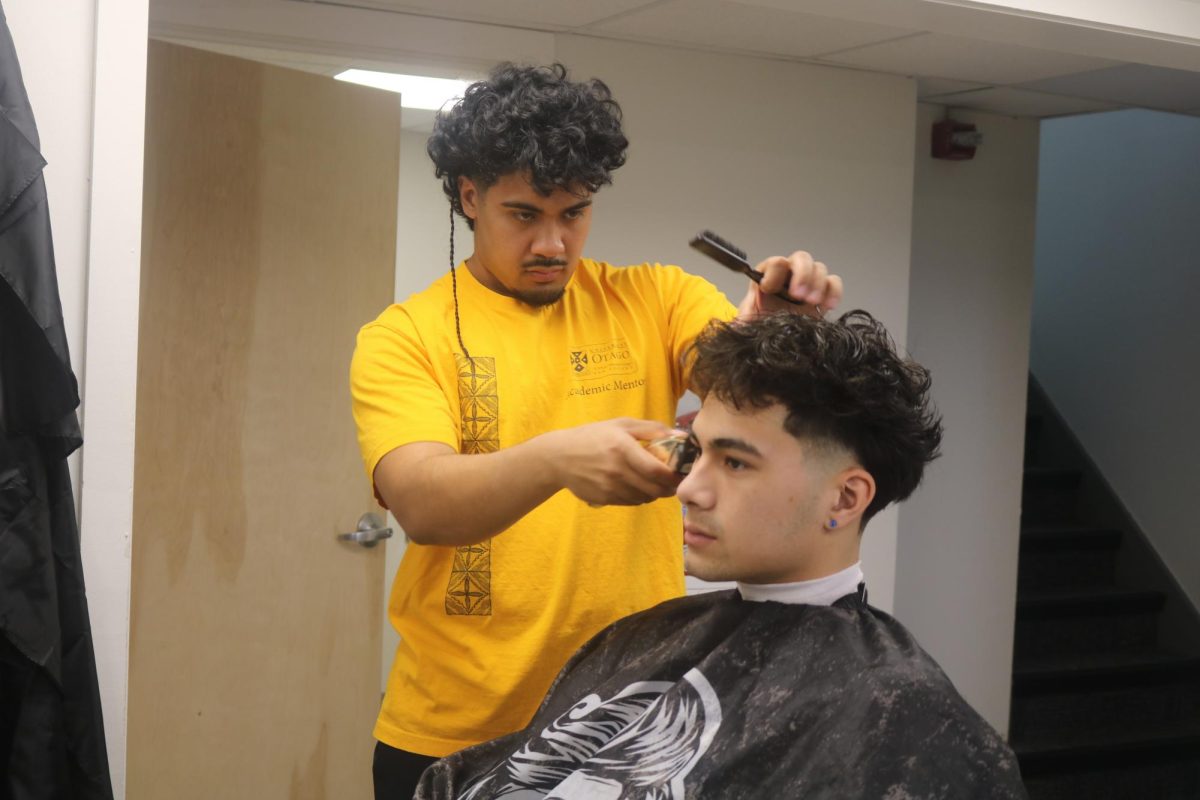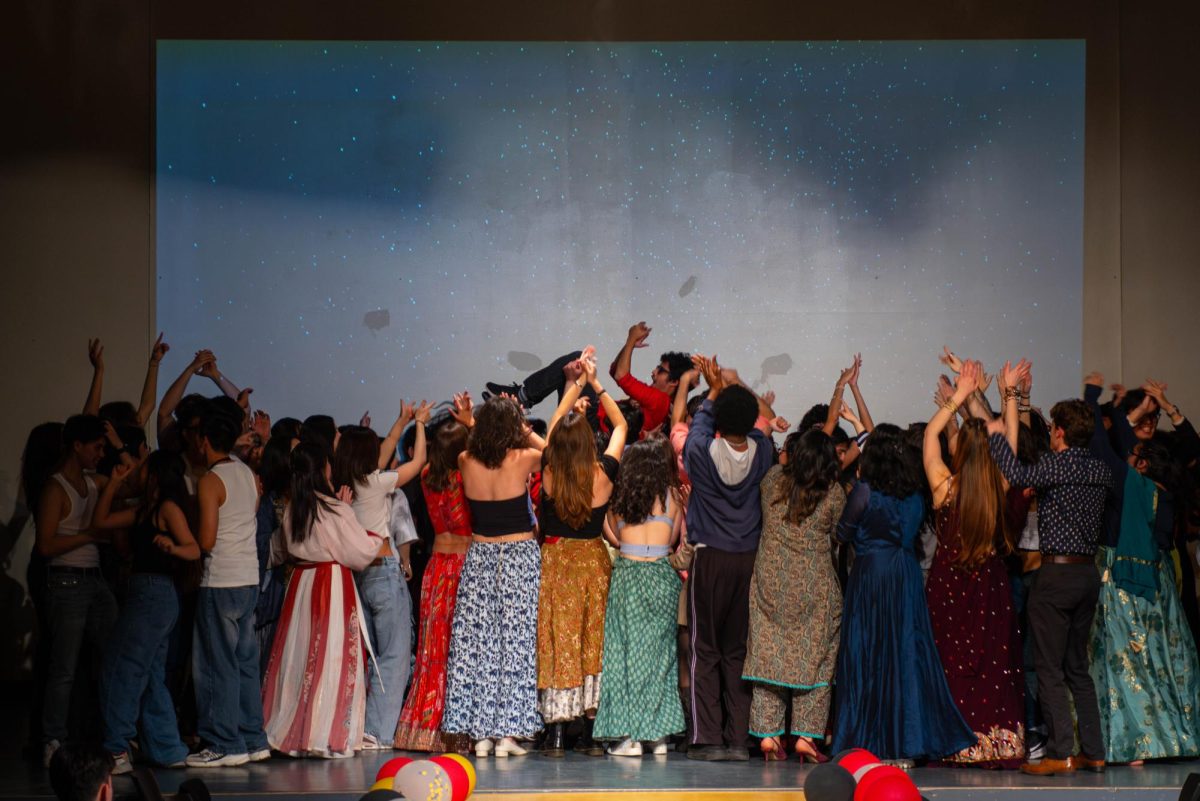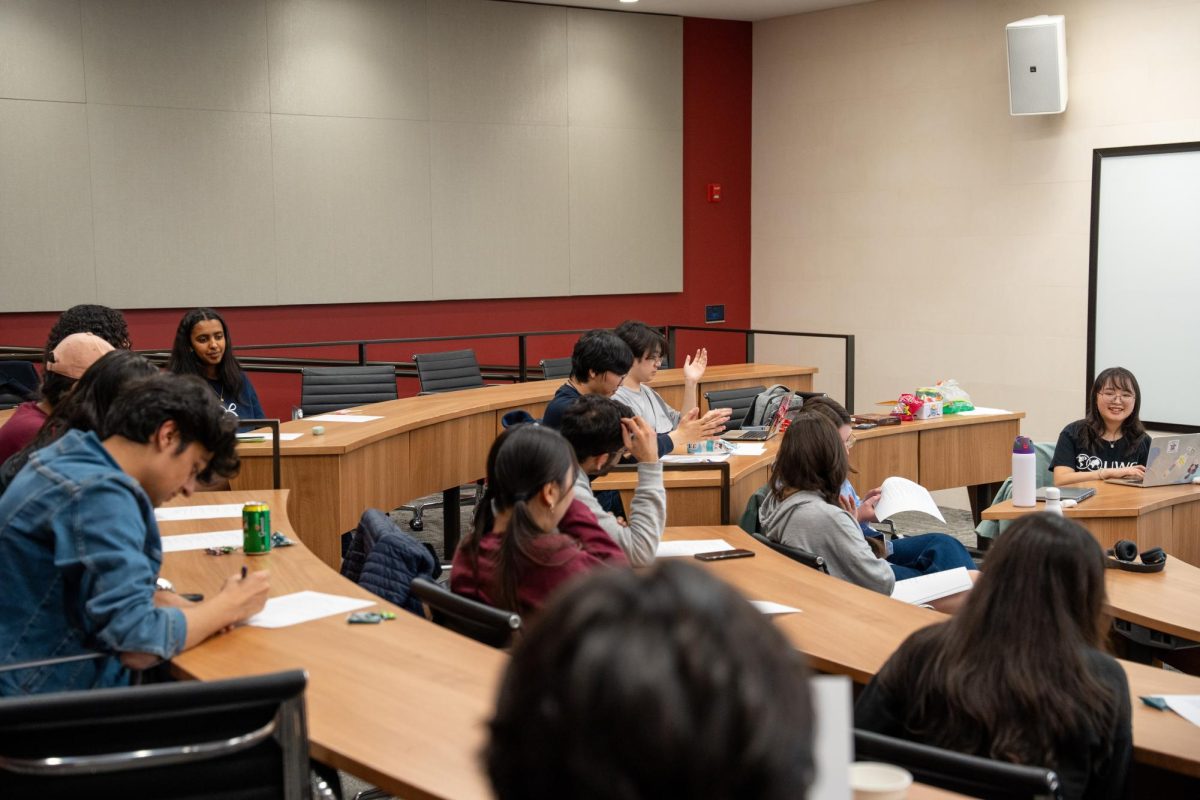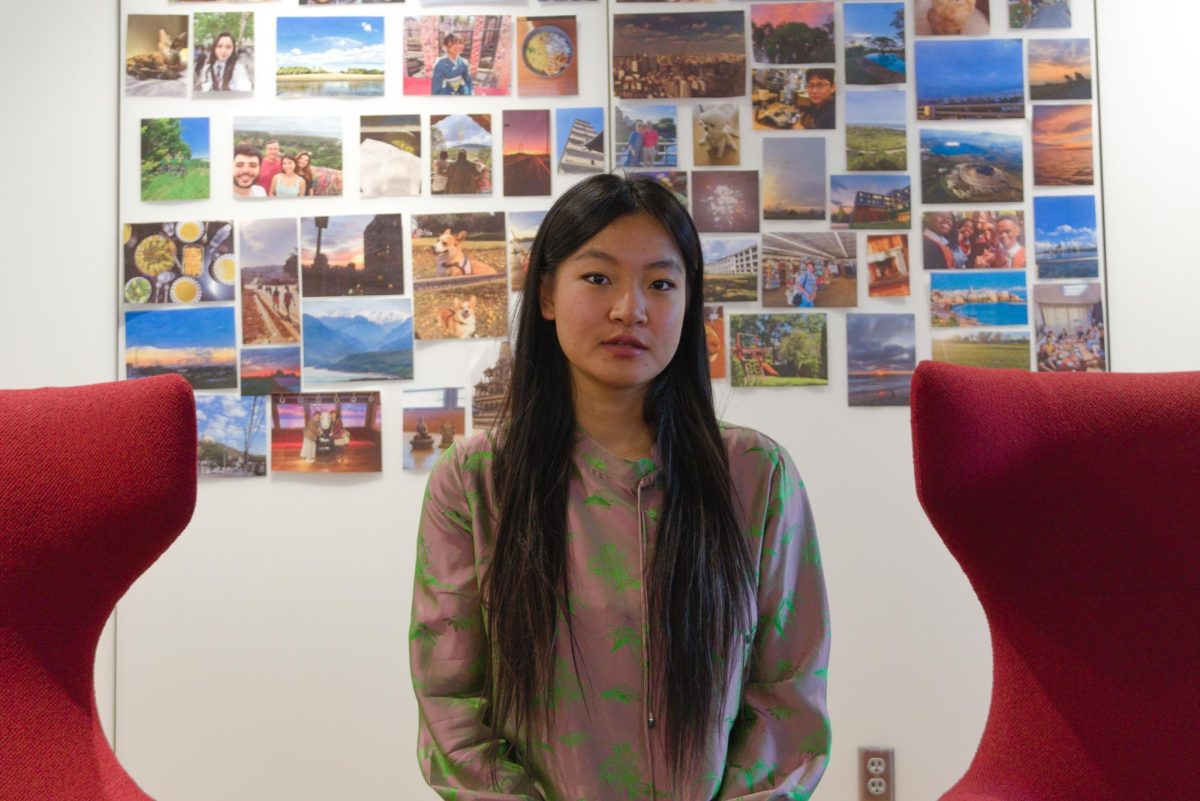At Grinnell College, sustainability efforts are driven by a dedicated community of environmental stewards. While recycling once served as the cornerstone of campus sustainability, recent years have seen a shift toward more diverse initiatives. Today, student environmental leaders are tackling issues ranging from renewable energy and prairie restoration to innovative educational projects.
In the mid‑1990s, recycling at Grinnell was a much simpler affair. As recalled by Chris Bair, environmental and safety manager in Facilities Management (FM) and a long‑time sustainability advocate on campus, the program initially focused on one type of recycling – white paper. “We had one recycling bin for paper, and that was about it,” Bair said.
As the town expanded its recycling services, Grinnell College’s recycling program also evolved. Dorms received designated bins not just for paper but also for aluminum cans and plastic. However, the logistics of transporting these recyclables meant that they were dropped off in separate loads to the city’s Public Service Department, which then sorted and sold the materials.
Bair’s recollection highlights a pivotal moment when the city of Grinnell adopted a single‑stream recycling system in 2011. “Instead of having to sort materials into different bins, everything could be thrown into one,” he said. This change made recycling more accessible in residential areas, though it introduced new challenges, such as contamination. If non‑recyclable items were mixed in, entire loads could end up being sent to the landfill. Nonetheless, the system was a necessary compromise in response to the high costs associated with workman’s compensation claims in manual sorting facilities, according to Bair.
Today, all recyclables from the city of Grinnell are processed at centralized facilities, the nearest being in Cedar Rapids, Iowa. The program now relies on a company called Republic Services, which oversees sorting operations that use mechanical systems, magnets and fans.
“The economics have changed,” Bair said. “We now pay roughly twice as much to recycle as we used to.” Despite these financial challenges, Bair maintains that the effort is worthwhile because it significantly reduces the amount of waste that ends up in landfills.

Today, the campus sustainability agenda encompasses much more than recycling.
“The environmental challenges we face require us to think beyond a single solution,” Bair said. “Our work now spans renewable energy projects, geothermal systems, prairie restoration and innovative educational outreach, each playing a vital role in reducing our carbon footprint.”
At the heart of this shift is the Student Environmental Committee (SEC), whose members have embraced specialized roles that drive forward new sustainability projects. Sara Garcia `25, student environmental coordinator and prairie restoration steward, has become a key figure in coordinating prairie planting projects on campus.
“Prairie restoration isn’t just about beautification,” Garcia said. “It’s a living laboratory where we can study native ecosystems, manage local biodiversity and experiment with sustainable land practices.” Her work continued the maintenance of existing prairie plots near campus landmarks and laid the groundwork for establishing a third plot on South Campus.
Energy initiatives form another crucial pillar of Grinnell’s sustainability efforts. Grace Kurtz `25, energy coordinator for the Sustainability Committee, has focused on monitoring energy usage across campus and developing projects that reduce reliance on external utility providers.
“When you review our energy consumption data, it’s clear that even small improvements – like optimizing our solar panels or retrofitting dorms with energy‑efficient fixtures – can have a significant impact,” Kurtz said. Her contributions are closely linked with a four megawatt solar project currently underway.
Beyond the realms of prairie restoration and energy efficiency, the committee is involved in several projects designed to engage the campus community in environmental learning. Corinne Fox `26 has spearheaded the development of an online tree map that catalogs the tree species scattered throughout Grinnell.
“Mapping our campus trees allows students to explore ecology firsthand,” Fox said. “Not only do we record species and locations, but we also provide data on how much carbon each tree absorbs, transforming everyday green spaces into interactive learning tools.”
SEC’s work extends to revising recycling practices as well. Members are now exploring ways to simplify recycling signage and expand the number of available bins. Despite significant improvements, the challenge of contamination persists. “That’s why educating our peers remains as important as any new technological advancement,” Bair said.
“Institutional change happens slowly, but when it’s driven by passionate students, progress is rapid,” said Bair. Many initiatives that begin with enthusiasm face difficulties in maintaining momentum, particularly when student workers move on after graduation.
Nonetheless, contributions from faculty and community partners help maintain continuity. Weekly meetings, cross‑department collaborations and a shared sense of purpose keep projects on track. “Our work isn’t just about immediate results,” says Kurtz. “It’s about creating habits and awareness that extend beyond our time here at Grinnell.”


